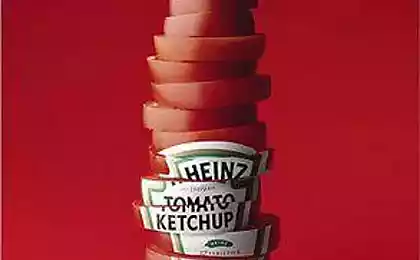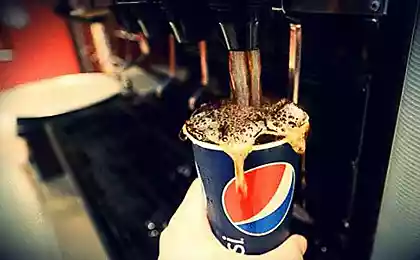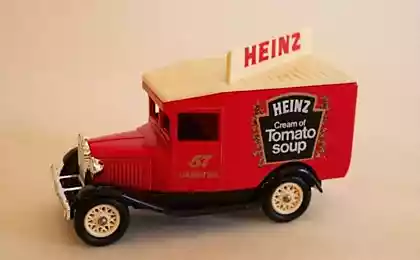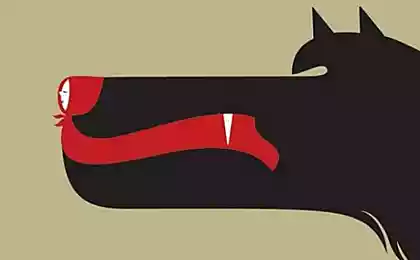1551
Brand Story Heinz. Fine red advertising
Brand Heinz - one of the oldest of the currently existing. He gets every year in the top 100 most expensive brands, and this company we owe ketchup in the form in which it is now. Many advertising solutions, too.
Namayalis on the thorny path of diversification, the American company HJ Heinz has decided to sell its multiple brands and focus on the production of the fifteen most "heavy" brand, which brought her fame more than a century and provide stability and confidence in the future. First of all, it is ketchup Heinz, now acquiring new flavors and colors.
The invention of fast food civilization owes to the United States. This country is a stronghold and a hotbed of hamburgers, hot dogs, Big Macs and fries. Hundreds of millions of earthlings all seems delicious, especially on an empty stomach, especially with ketchup. "Inventor" ketchup is too American, though German blood - Henry John Heinz.


Father Heinz in 1840, emigrated from Bavaria in the US, and in 1843 married Anna Margaret Schmidt, shortly before and who had left Germany. Soon they had a son - Johann Heinrich, the future "king of ketchup" Henry John Heinz.
In six years, the "king" began to help her mother in the garden, and nine have already mastered recipes pickles and began to trade homemade grated horseradish. For 12 years, Henry handles the 3, 5 acres of land and three times a week drove the cart Vegetables grocers in the city of Pittsburgh. When he was 17, he earned during the year in your garden $ 2,400 - a decent sum in those days. The money went to pay for his studies at the College of Business at the end of which Henry began working for his father's brick production. After a while he became a partner in the company, but my favorite thing - vegetable business - not abandoned.
In 1869, the 25-year-old Heinz and his friend Clarence Noble founded the company Heinz & Noble, whose first product was the grated horseradish made prescription mother Heinz.
At the end of the XIX century in the US brewing marketing revolution. Creating a well-developed transport network will link the country into a single economic complex, the invention of pasteurization and other methods of preservation of perishable goods, improving living standards and mobility - all these factors have become components of the process that transformed goods brands and local suppliers - in the company of regional, and then on a national scale. During these years, the United States began to develop an image familiar to us the consumer economy with an abundance of food, the active advertising and numerous trademarks, fighting for the consumer wallet. Heinz was destined to become one of the first brands that received the broadest popularity. But before the company had to undergo a period of formation and testing.
At first, the Heinz & Noble things were going well. The product range expanded, the company began producing packaged sauerkraut, pickled cucumbers and pour vinegar. Heinz partner acquired new premises, land for cultivation of vegetables, acetic factory, opened offices in Chicago and St. Louis.
However, when in the mid-1870s in the United States the economic crisis, Heinz & Noble was among the companies that have become its victims. In 1875, Heinz has pledged to buy up the entire crop of one of the vegetable farms. Harvest turned out to be abundant, and the company Heinz ran out of money. In a crisis and general panic banks refused to provide loans, and the firm has joined the list of 5,000 bankrupt companies during the period. Its declared insolvent and was released from the payment of debts. However, Henry showed exceptional integrity and reviving production gradually repay debts, earning itself an excellent reputation and the favor of the creditors.
Within two months he resumed business at the expense of their relatives. Heinz was able to not only quickly to revive the company, but also raise it to new heights thanks to his talent and imagination the culinary entrepreneur. Last trump card in this moment was decisive. Henry believed that the success of the company in a difficult economic situation it is necessary to come up with something unusual. He is actively experimenting with new recipes. Sales appeared mustard Heinz, and then - in 1876 - and ketchup.
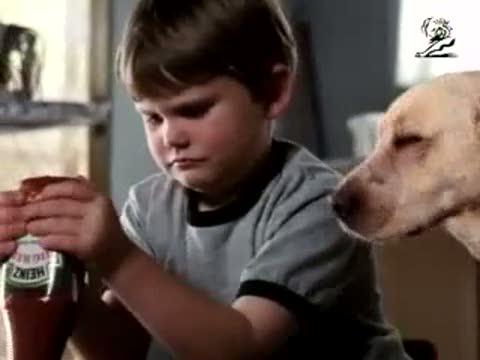
Tomato sauce, starch and various spices that made the Heinz ketchup and called, became the most famous of his "work". It brought him fame, money, respect and the right to become the hero of a separate exhibition in the town museum of Pittsburgh. However, of course, not only it. By creating a "masterpiece", the businessman did not stop there and has launched a series of new products - in particular, canned beans, tomato soup, mincemeat, apple butter. Since then begins a long period of steady growth of the company's revenues.
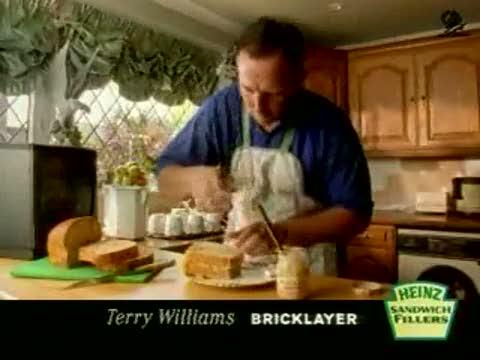
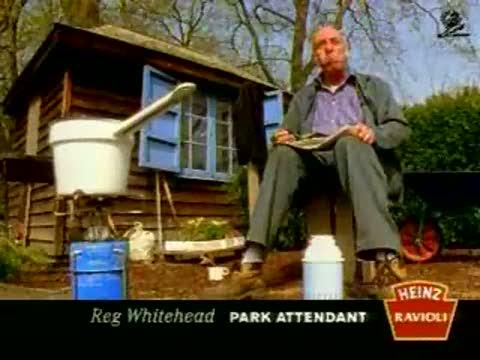
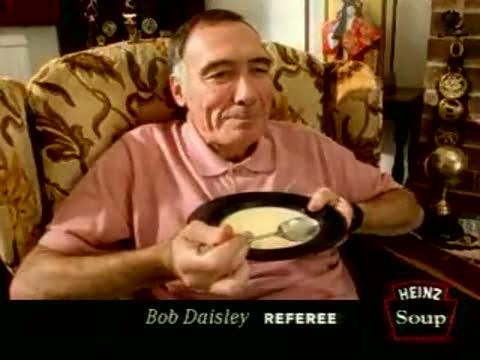
Henry John Heinz and his company was lucky with the era. Industrial growth changed the social structure of the country. Urban residents have started to get used to commercially available food, including the meat and vegetables, soups and condiments. Heinz products not only saves time residents, but also makes a variety in their daily menu. Innovation Heinz to some extent contributed to the maintenance of national culinary traditions in an urban environment: many sauces and seasonings manufactured by companies that have long been used by the inhabitants of the Anglo-German origin, and pickles were an integral part of Jewish cuisine.
However, the main "luck" Henry was that he was a shrewd and other one of the first to see and realize the opportunities for doing business in the food sector across the country, creating a national system for the distribution of their products.
Soon these scales seemed to him small. In 1886, Heinz took a trip to England, taking with him a few suitcases with product samples. The London office Fortnum & Mason - a leading UK supplier of food - Heinz had a convincing presentation of the product and received by the firm order for the supply of products. Since then, the UK remains one of the main sales markets Heinz.
In 1905, when the company HJ Heinz (the name appeared in 1885) was corporatized, its value was estimated at $ 4 million. By this time the Heinz factory already owned 21 and 7 large factories in the United States. In 1904 it opened a factory for the processing of olives in Spain, and in 1905 began working factory in England. The main product H.J. Heinz ketchup remains that New York Times in 1896 called "national American condiment." In 1906 the company produced 12 million bottles of ketchup. In 1909 sales H.J. Heinz was $ 6 million, but by 1914 this figure had doubled.
Henry John Heinz, of course, have not heard anything about branding (this notion has arisen only in the middle of XX century), but he was certainly one of the most talented marketers in the history of the business that has made the name of his company one of the most famous brands in the world. Heinz found a simple and original solutions, which, after it became axiomatic.
In 1896, at the Heinz products will show "57 Variations," which has become an important part of the brand and a symbol of the company. The inscription on the packages of Heinz persists to this day. But then she (as now) does not mean anything, and served as a decoration labels designed to intrigue the customer. Within a week after the release of the first batch of products with this inscription she appeared on many billboards in all major newspapers. Giant figures "57" in height to 40 meters were installed on the hillsides along the major rail lines.
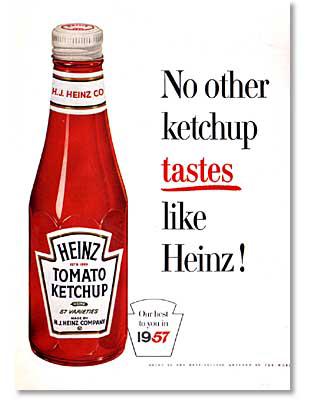
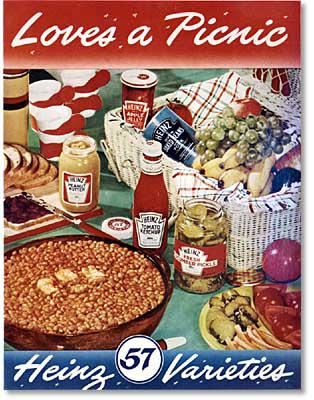
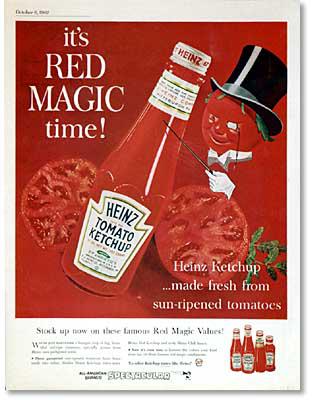
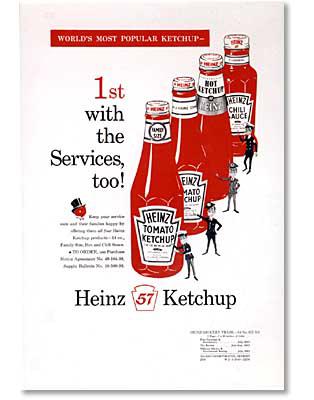
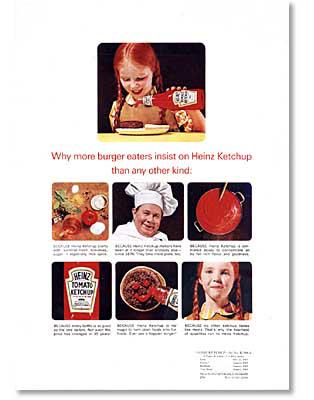
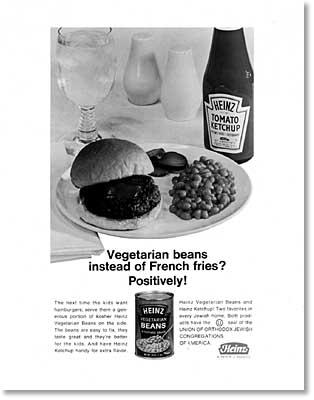
Heinz has been a pioneer in the large-scale use of illuminated signs. It was his company in 1900 first placed in Manhattan elektroreklamu, which occupied six floors on the wall of a building located on the corner of 5th Avenue and 23 th Street. Only the electricity company a monthly fee to $ 3,000, but then it was the only bright advertising in the night New York. It is hard to think of a better example of the investment.
In 1919, Henry John Heinz died of pneumonia. After he left an international corporation with a turnover of more than $ 20 million, which employs 6,500 workers. Management of the company took over his son, Howard, is successfully continuing his father's work in the complex inter-war period.
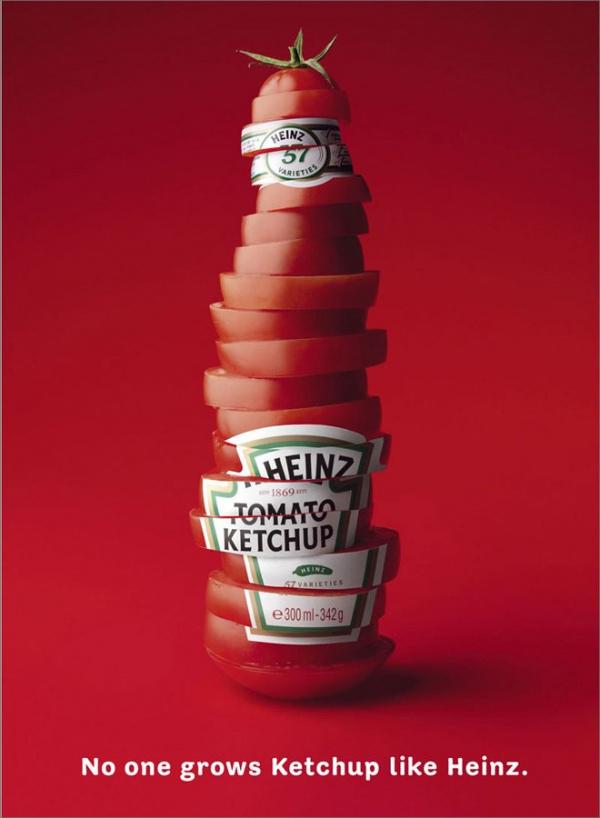
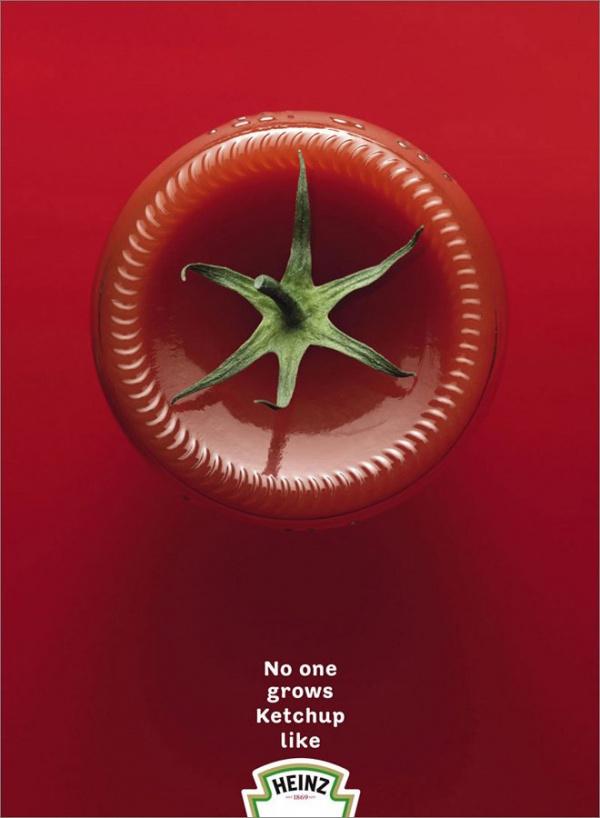
Howard Heinz was very careful not to risk capital of the company in the market of speculative games of the 1920s. At the same time he was quite resolute to take appropriate action during the Great Depression. Howard was on friendly terms with science: he led chemists at the company, and on the field - agronomists.
During the Great Depression in the history of HJ Heinz again, as after a bankruptcy in the mid-1870s, worked the universal principle of "blessing in disguise". Then Henry J. Heinz began producing ketchup, and in 1931 his son, trying to soften the impact of the crisis for the company, he decided to master the production of baby food and instant soups. This move proved to be very successful, new products are in high demand.
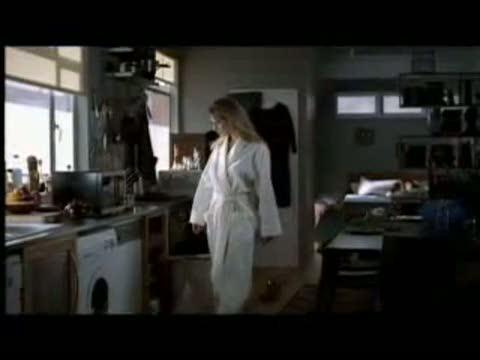
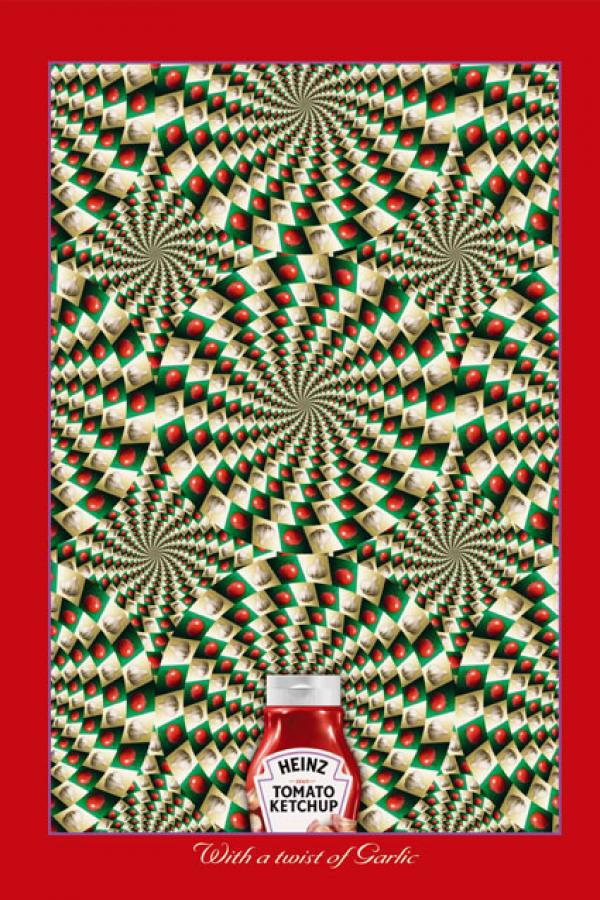
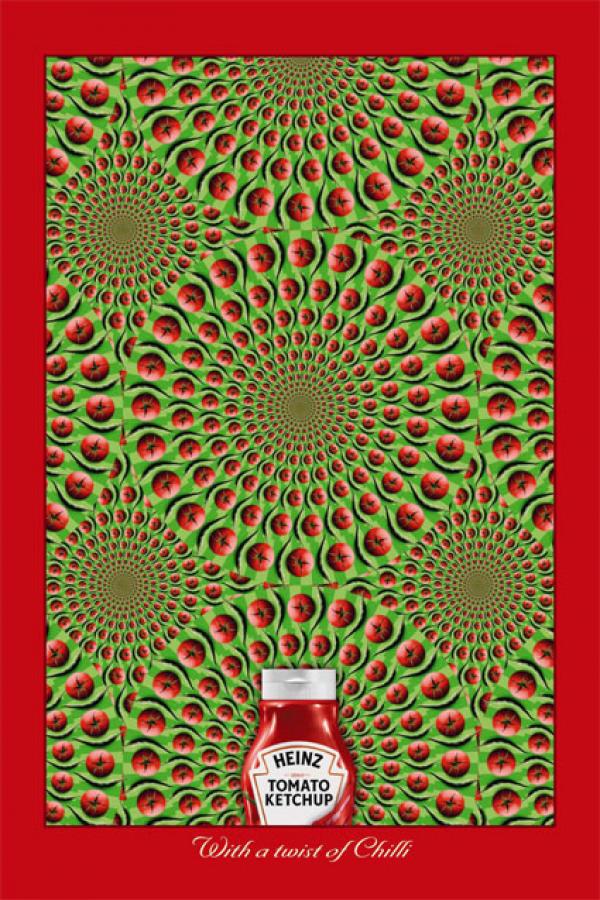
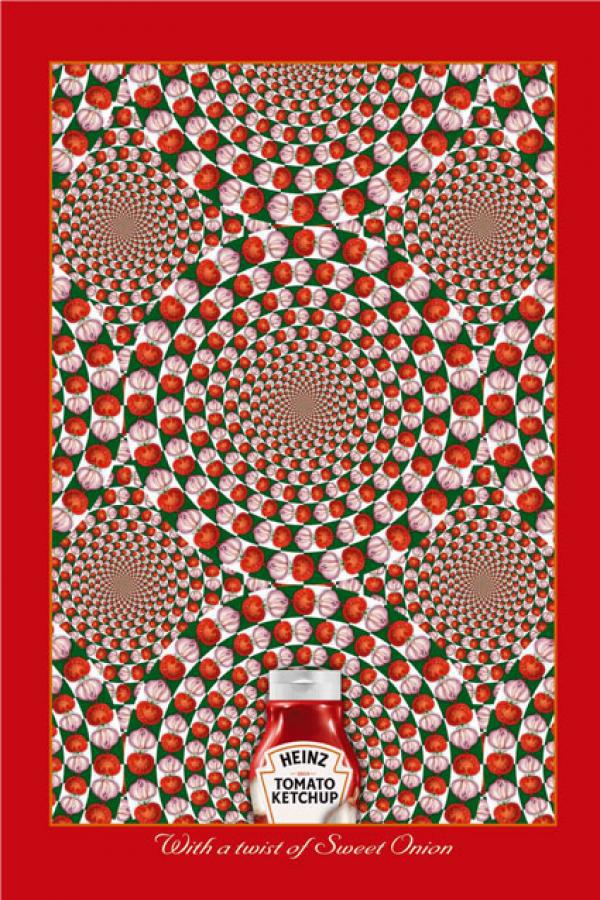
Howard led the company for 20 years and died in 1941. After him, the corporation headed by his son Henry J. Heinz II. During World War II, HJ Heinz produced for the US Army. And its British factory was bombed twice in 1941.
In the early postwar decades, despite the fact that the company is developing new markets (the Netherlands, Venezuela, Japan, Italy) and noted revenue growth in some of its old "estates", primarily in the UK, the overall rate of HJ Heinz has slowed. Times have changed, and the corporation is not in a hurry to upgrade its marketing policy and business strategy. In 1964, Forbes magazine noted: «Heinz does almost nothing of what makes its US competitors. Without the European market, it can rely only on survival. " Apparently, the criticism was arguable - in the first half of 1960 HJ Heinz for the first time in the practice of others acquired brands - StarKist and Ore-ida. In order not to interfere with the renewal of the company, in 1966, Henry J. Heinz II voluntarily left the CEO (chairman of the board of the company he remained until his death in 1987).
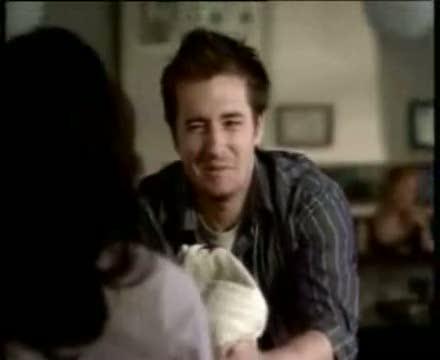
The new head of the corporation - the first number does not belong to the family of Heinz - became a professional manager Bert Gukin. He restructured H.J. Heinz, has established strict management and financial reporting. In 1969 Gukin persuaded a talented young manager Anthony O'Reilly from Ireland to head the British unit of HJ Heinz.
Measures are taken Gukin soon yielded positive results. In 1972, the company's sales for the first time reached $ 1 billion. By the end of the 1970s, HJ Heinz regained its leading position in the rankings of the best companies in the US, but it still did not have an international scope. In 1979 he became its CEO Anthony O'Reilly, who ensured the rapid development of HJ Heinz in subsequent years. The company began to explore new countries in the Pacific, Eastern Europe and Africa. In the 18 years of the O'Reilly annual sales HJ Heinz increased about ten times and reached $ 10 billion.
O'Reilly actively buying foreign food companies. The number of controlled HJ Heinz brand has reached 4000. Half of revenue comes from abroad, with 70% of sales to provide goods without the brand Heinz. This allowed O'Reilly once said: «Heinz - a global brand, but to an even greater extent - is the world of brands." In 1997, O'Reilly decided to resign as CEO and to do your own business, which he managed to carry on being at the head of HJ Heinz.
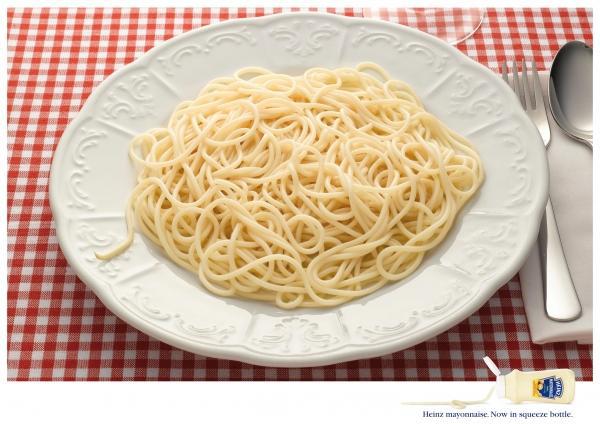
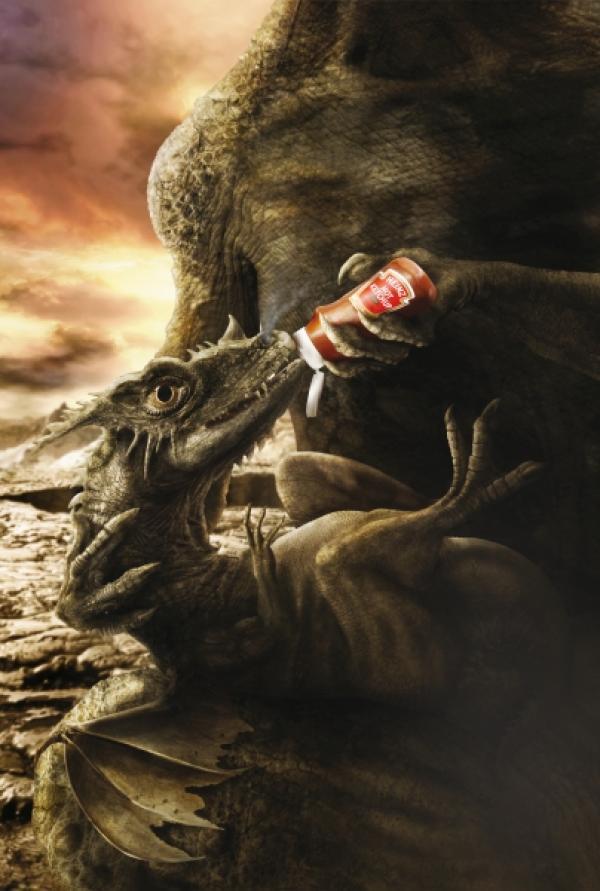
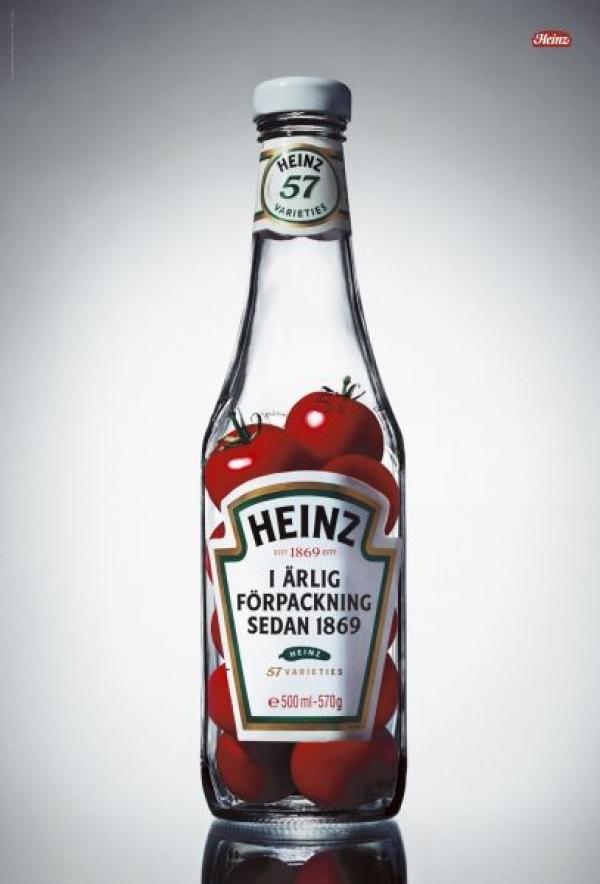
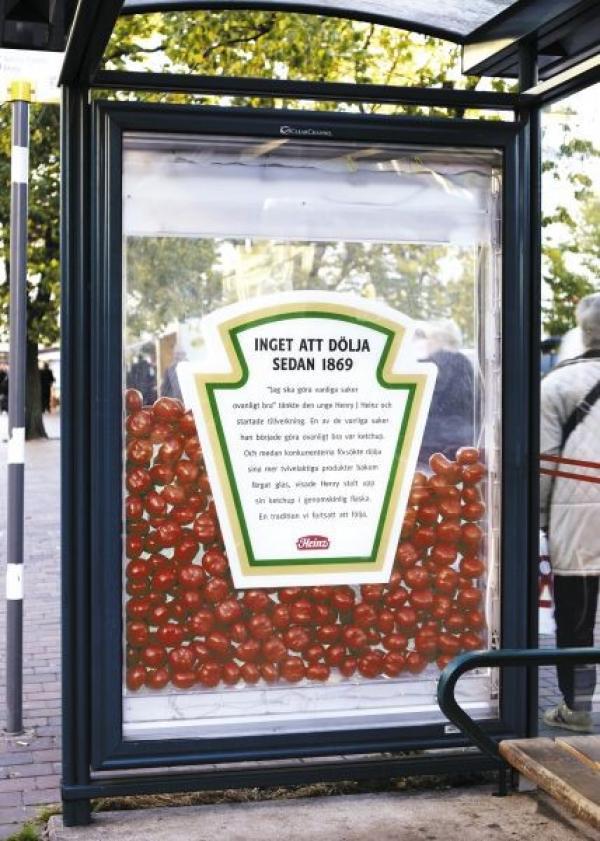
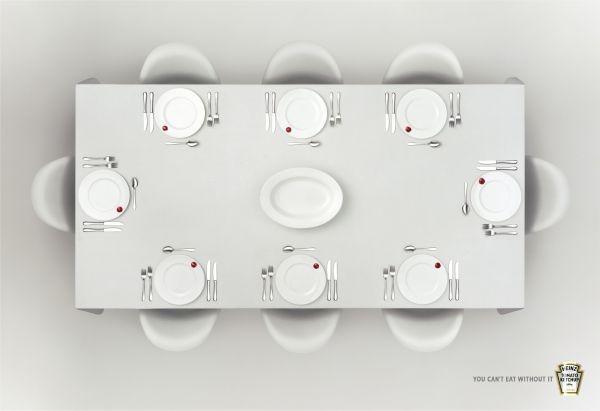
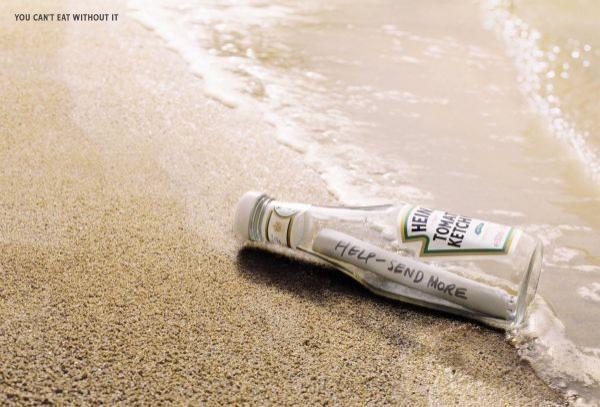

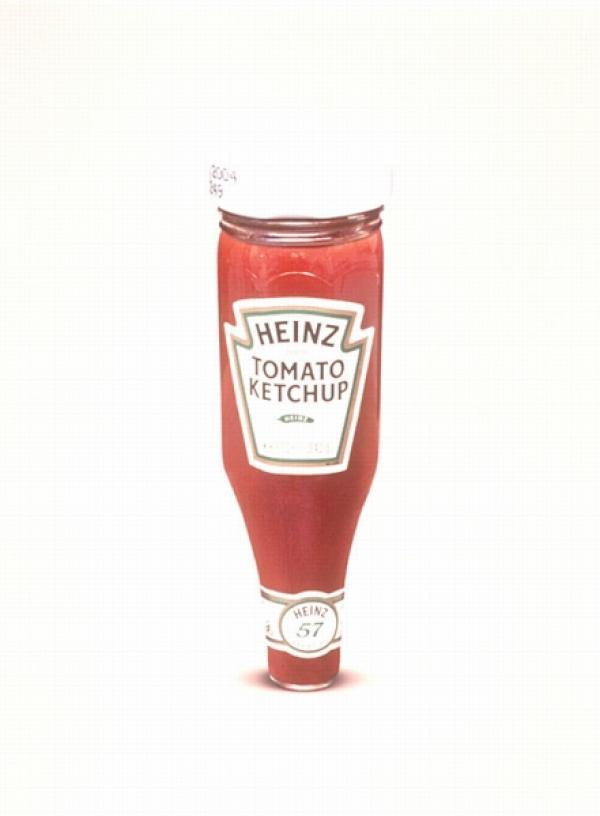
The sixth in the history of H.J. Heinz CEO in 1998 became William Johnson. When the company decided to change its strategy and to abandon the purchase of new companies and brands. Business has become too unwieldy, with the old, proven brands to take positions, and new ones are not justified the money spent on their acquisition.
Since the late 1990s H.J. Heinz campaigns aimed at to increase the attractiveness of its most well-known, but already tarnished brand and bored. The event created commercials and posters, changing the classic shape of bottles and produced new kinds of ketchups, including colorful. H.J. Heinz already produces, along with the classic red, ketchup, orange, yellow, green and blue. Before filling the seven colors of rainbow palette left nothing at all. Advertising agency Leo Burnett, with whom the company has successfully cooperated with 1960, receives from HJ Heinz each year tens of millions of dollars trying to create an original and memorable advertising products. However, these efforts have not brought the desired result. Annual sales of the company for several years fluctuate at around $ 8 billion - $ 9 billion (in 2003 - about $ 8, 3 billion).
In order to focus resources on core brands, the company decided to unload the portfolio of brands. In late 2002, H.J. Heinz sold the company Del Monte Foods for $ 1, 1 billion portfolio of brands, leaving himself just 15 leading brands. H.J. Heinz announced the discontinuation of the production of food for animals, canned soups, baby food and canned fish. However, the company will still be able to control the release of this product, because it is one of the major shareholders of Del Monte.
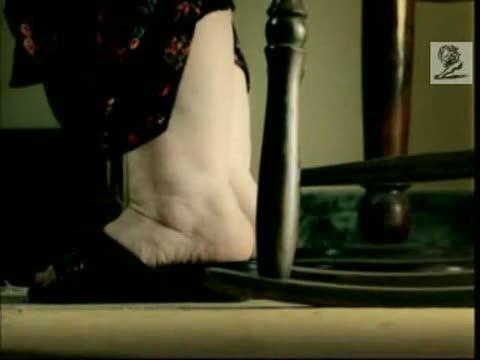

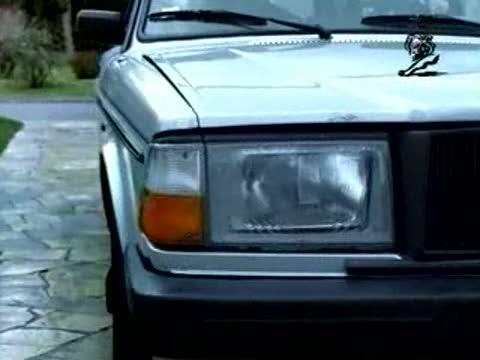
According to the materials of the weekly «Company» i>
Beanz Meanz Heinz
In the 60s there was another famous slogan of another famous product Heinz - canned beans. Just as advertising strategy established in many minds the idea "not Heinz - this is not ketchup," as happened with the beans. A fun game with endings lasted until the mid-90s, when a harmless "Beans - means Heinz" was replaced by a careless «Beanz Buildz Britz» - «Beans build the British." The British were offended, sales fell, and the slogan had to hastily change. On a nostalgic «Keep it or can it?» Advertisement from the 60s and 70s. Hunt continues for as long as in 2003, Heinz did not ask consumers what they want from their beans in the advertising plan. It turned out that they want Beanz Meanz Heinz. Then there was more than 100,000 fans of old advertising, but to return to the concept of Heinz did not dare. It was not used in advertising the famous beans more than 10 years.
In addition, in 2000 the slogan was in first place in the ranking of the best in the history of advertising. Three years after the results of research company doubted, but in 2006, said after all of intent to return to the good old and beloved slogan.
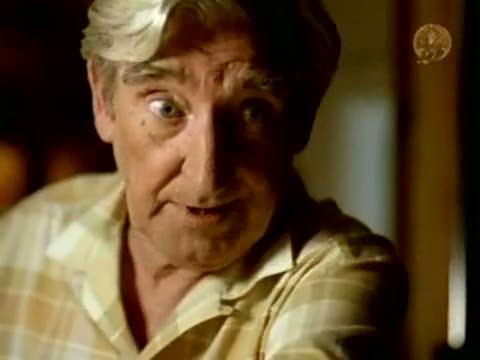
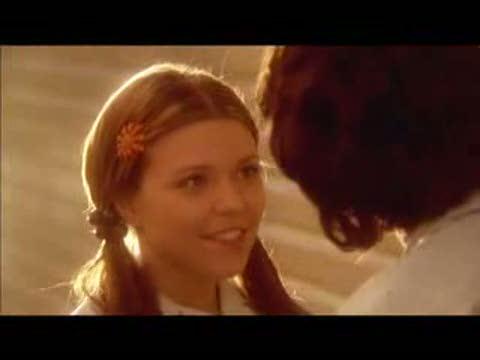
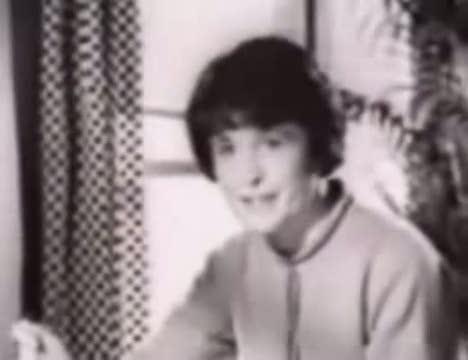


via # image4511605
Namayalis on the thorny path of diversification, the American company HJ Heinz has decided to sell its multiple brands and focus on the production of the fifteen most "heavy" brand, which brought her fame more than a century and provide stability and confidence in the future. First of all, it is ketchup Heinz, now acquiring new flavors and colors.
The invention of fast food civilization owes to the United States. This country is a stronghold and a hotbed of hamburgers, hot dogs, Big Macs and fries. Hundreds of millions of earthlings all seems delicious, especially on an empty stomach, especially with ketchup. "Inventor" ketchup is too American, though German blood - Henry John Heinz.


Father Heinz in 1840, emigrated from Bavaria in the US, and in 1843 married Anna Margaret Schmidt, shortly before and who had left Germany. Soon they had a son - Johann Heinrich, the future "king of ketchup" Henry John Heinz.
In six years, the "king" began to help her mother in the garden, and nine have already mastered recipes pickles and began to trade homemade grated horseradish. For 12 years, Henry handles the 3, 5 acres of land and three times a week drove the cart Vegetables grocers in the city of Pittsburgh. When he was 17, he earned during the year in your garden $ 2,400 - a decent sum in those days. The money went to pay for his studies at the College of Business at the end of which Henry began working for his father's brick production. After a while he became a partner in the company, but my favorite thing - vegetable business - not abandoned.
In 1869, the 25-year-old Heinz and his friend Clarence Noble founded the company Heinz & Noble, whose first product was the grated horseradish made prescription mother Heinz.
At the end of the XIX century in the US brewing marketing revolution. Creating a well-developed transport network will link the country into a single economic complex, the invention of pasteurization and other methods of preservation of perishable goods, improving living standards and mobility - all these factors have become components of the process that transformed goods brands and local suppliers - in the company of regional, and then on a national scale. During these years, the United States began to develop an image familiar to us the consumer economy with an abundance of food, the active advertising and numerous trademarks, fighting for the consumer wallet. Heinz was destined to become one of the first brands that received the broadest popularity. But before the company had to undergo a period of formation and testing.
At first, the Heinz & Noble things were going well. The product range expanded, the company began producing packaged sauerkraut, pickled cucumbers and pour vinegar. Heinz partner acquired new premises, land for cultivation of vegetables, acetic factory, opened offices in Chicago and St. Louis.
However, when in the mid-1870s in the United States the economic crisis, Heinz & Noble was among the companies that have become its victims. In 1875, Heinz has pledged to buy up the entire crop of one of the vegetable farms. Harvest turned out to be abundant, and the company Heinz ran out of money. In a crisis and general panic banks refused to provide loans, and the firm has joined the list of 5,000 bankrupt companies during the period. Its declared insolvent and was released from the payment of debts. However, Henry showed exceptional integrity and reviving production gradually repay debts, earning itself an excellent reputation and the favor of the creditors.
Within two months he resumed business at the expense of their relatives. Heinz was able to not only quickly to revive the company, but also raise it to new heights thanks to his talent and imagination the culinary entrepreneur. Last trump card in this moment was decisive. Henry believed that the success of the company in a difficult economic situation it is necessary to come up with something unusual. He is actively experimenting with new recipes. Sales appeared mustard Heinz, and then - in 1876 - and ketchup.

Tomato sauce, starch and various spices that made the Heinz ketchup and called, became the most famous of his "work". It brought him fame, money, respect and the right to become the hero of a separate exhibition in the town museum of Pittsburgh. However, of course, not only it. By creating a "masterpiece", the businessman did not stop there and has launched a series of new products - in particular, canned beans, tomato soup, mincemeat, apple butter. Since then begins a long period of steady growth of the company's revenues.



Henry John Heinz and his company was lucky with the era. Industrial growth changed the social structure of the country. Urban residents have started to get used to commercially available food, including the meat and vegetables, soups and condiments. Heinz products not only saves time residents, but also makes a variety in their daily menu. Innovation Heinz to some extent contributed to the maintenance of national culinary traditions in an urban environment: many sauces and seasonings manufactured by companies that have long been used by the inhabitants of the Anglo-German origin, and pickles were an integral part of Jewish cuisine.
However, the main "luck" Henry was that he was a shrewd and other one of the first to see and realize the opportunities for doing business in the food sector across the country, creating a national system for the distribution of their products.
Soon these scales seemed to him small. In 1886, Heinz took a trip to England, taking with him a few suitcases with product samples. The London office Fortnum & Mason - a leading UK supplier of food - Heinz had a convincing presentation of the product and received by the firm order for the supply of products. Since then, the UK remains one of the main sales markets Heinz.
In 1905, when the company HJ Heinz (the name appeared in 1885) was corporatized, its value was estimated at $ 4 million. By this time the Heinz factory already owned 21 and 7 large factories in the United States. In 1904 it opened a factory for the processing of olives in Spain, and in 1905 began working factory in England. The main product H.J. Heinz ketchup remains that New York Times in 1896 called "national American condiment." In 1906 the company produced 12 million bottles of ketchup. In 1909 sales H.J. Heinz was $ 6 million, but by 1914 this figure had doubled.
Henry John Heinz, of course, have not heard anything about branding (this notion has arisen only in the middle of XX century), but he was certainly one of the most talented marketers in the history of the business that has made the name of his company one of the most famous brands in the world. Heinz found a simple and original solutions, which, after it became axiomatic.
In 1896, at the Heinz products will show "57 Variations," which has become an important part of the brand and a symbol of the company. The inscription on the packages of Heinz persists to this day. But then she (as now) does not mean anything, and served as a decoration labels designed to intrigue the customer. Within a week after the release of the first batch of products with this inscription she appeared on many billboards in all major newspapers. Giant figures "57" in height to 40 meters were installed on the hillsides along the major rail lines.






Heinz has been a pioneer in the large-scale use of illuminated signs. It was his company in 1900 first placed in Manhattan elektroreklamu, which occupied six floors on the wall of a building located on the corner of 5th Avenue and 23 th Street. Only the electricity company a monthly fee to $ 3,000, but then it was the only bright advertising in the night New York. It is hard to think of a better example of the investment.
In 1919, Henry John Heinz died of pneumonia. After he left an international corporation with a turnover of more than $ 20 million, which employs 6,500 workers. Management of the company took over his son, Howard, is successfully continuing his father's work in the complex inter-war period.


Howard Heinz was very careful not to risk capital of the company in the market of speculative games of the 1920s. At the same time he was quite resolute to take appropriate action during the Great Depression. Howard was on friendly terms with science: he led chemists at the company, and on the field - agronomists.
During the Great Depression in the history of HJ Heinz again, as after a bankruptcy in the mid-1870s, worked the universal principle of "blessing in disguise". Then Henry J. Heinz began producing ketchup, and in 1931 his son, trying to soften the impact of the crisis for the company, he decided to master the production of baby food and instant soups. This move proved to be very successful, new products are in high demand.




Howard led the company for 20 years and died in 1941. After him, the corporation headed by his son Henry J. Heinz II. During World War II, HJ Heinz produced for the US Army. And its British factory was bombed twice in 1941.
In the early postwar decades, despite the fact that the company is developing new markets (the Netherlands, Venezuela, Japan, Italy) and noted revenue growth in some of its old "estates", primarily in the UK, the overall rate of HJ Heinz has slowed. Times have changed, and the corporation is not in a hurry to upgrade its marketing policy and business strategy. In 1964, Forbes magazine noted: «Heinz does almost nothing of what makes its US competitors. Without the European market, it can rely only on survival. " Apparently, the criticism was arguable - in the first half of 1960 HJ Heinz for the first time in the practice of others acquired brands - StarKist and Ore-ida. In order not to interfere with the renewal of the company, in 1966, Henry J. Heinz II voluntarily left the CEO (chairman of the board of the company he remained until his death in 1987).

The new head of the corporation - the first number does not belong to the family of Heinz - became a professional manager Bert Gukin. He restructured H.J. Heinz, has established strict management and financial reporting. In 1969 Gukin persuaded a talented young manager Anthony O'Reilly from Ireland to head the British unit of HJ Heinz.
Measures are taken Gukin soon yielded positive results. In 1972, the company's sales for the first time reached $ 1 billion. By the end of the 1970s, HJ Heinz regained its leading position in the rankings of the best companies in the US, but it still did not have an international scope. In 1979 he became its CEO Anthony O'Reilly, who ensured the rapid development of HJ Heinz in subsequent years. The company began to explore new countries in the Pacific, Eastern Europe and Africa. In the 18 years of the O'Reilly annual sales HJ Heinz increased about ten times and reached $ 10 billion.
O'Reilly actively buying foreign food companies. The number of controlled HJ Heinz brand has reached 4000. Half of revenue comes from abroad, with 70% of sales to provide goods without the brand Heinz. This allowed O'Reilly once said: «Heinz - a global brand, but to an even greater extent - is the world of brands." In 1997, O'Reilly decided to resign as CEO and to do your own business, which he managed to carry on being at the head of HJ Heinz.








The sixth in the history of H.J. Heinz CEO in 1998 became William Johnson. When the company decided to change its strategy and to abandon the purchase of new companies and brands. Business has become too unwieldy, with the old, proven brands to take positions, and new ones are not justified the money spent on their acquisition.
Since the late 1990s H.J. Heinz campaigns aimed at to increase the attractiveness of its most well-known, but already tarnished brand and bored. The event created commercials and posters, changing the classic shape of bottles and produced new kinds of ketchups, including colorful. H.J. Heinz already produces, along with the classic red, ketchup, orange, yellow, green and blue. Before filling the seven colors of rainbow palette left nothing at all. Advertising agency Leo Burnett, with whom the company has successfully cooperated with 1960, receives from HJ Heinz each year tens of millions of dollars trying to create an original and memorable advertising products. However, these efforts have not brought the desired result. Annual sales of the company for several years fluctuate at around $ 8 billion - $ 9 billion (in 2003 - about $ 8, 3 billion).
In order to focus resources on core brands, the company decided to unload the portfolio of brands. In late 2002, H.J. Heinz sold the company Del Monte Foods for $ 1, 1 billion portfolio of brands, leaving himself just 15 leading brands. H.J. Heinz announced the discontinuation of the production of food for animals, canned soups, baby food and canned fish. However, the company will still be able to control the release of this product, because it is one of the major shareholders of Del Monte.



According to the materials of the weekly «Company» i>
Beanz Meanz Heinz
In the 60s there was another famous slogan of another famous product Heinz - canned beans. Just as advertising strategy established in many minds the idea "not Heinz - this is not ketchup," as happened with the beans. A fun game with endings lasted until the mid-90s, when a harmless "Beans - means Heinz" was replaced by a careless «Beanz Buildz Britz» - «Beans build the British." The British were offended, sales fell, and the slogan had to hastily change. On a nostalgic «Keep it or can it?» Advertisement from the 60s and 70s. Hunt continues for as long as in 2003, Heinz did not ask consumers what they want from their beans in the advertising plan. It turned out that they want Beanz Meanz Heinz. Then there was more than 100,000 fans of old advertising, but to return to the concept of Heinz did not dare. It was not used in advertising the famous beans more than 10 years.
In addition, in 2000 the slogan was in first place in the ranking of the best in the history of advertising. Three years after the results of research company doubted, but in 2006, said after all of intent to return to the good old and beloved slogan.





via # image4511605
Fast Life Diesel (UPDATED !! 4 prints)
The Third Reich, burgers and hot dogs show: Citroen C5 - German car
